If all spaces have the potential to be public and serve all of the community, the idea of frontier as a physical limitation of space disappears to give way to the action of relating.
The city of today is defined by the confrontation between the concept of society - global and public - and the concept of individual - unique and private - obliterating the intermediate scale of community. The disappearance of the collective scale is both the consequence and the cause of the disintegration of the social and urban fabric. There is an infinity of possibilities of intermediate scales between the city and the individual. A gradation of shared and collective spaces that connect the individual to the global scale by way of community.
It is necessary to reintroduce the collective scale into the design of space.
*“Designed Future or Selected Writings”, Paulo Mendes da Rocha, Monade.
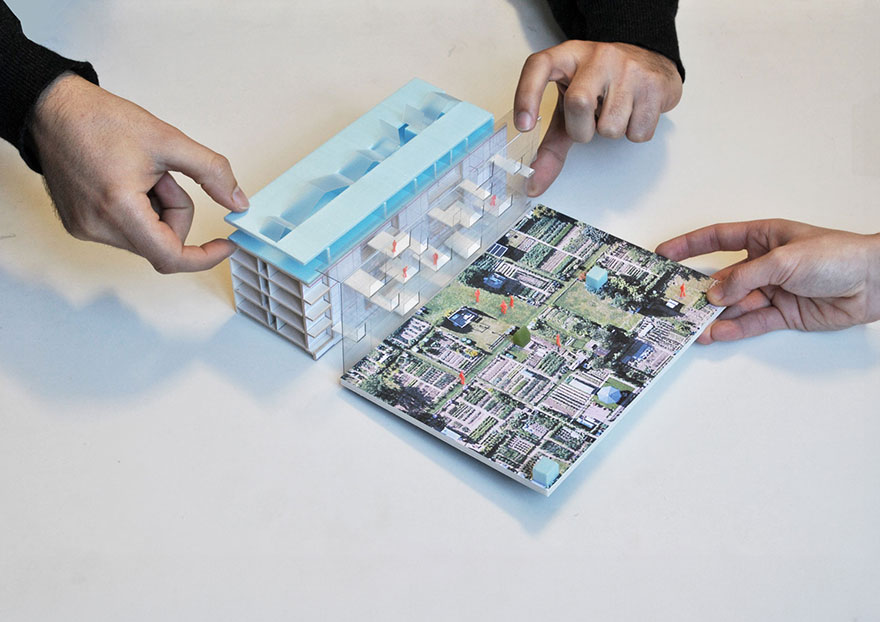
How to improve the spatial quality of the existing dwellings without changing the interior layout?
A new layer of exterior space is added to the existing buildings: each flat is provided with a generous new balcony, an extension of the interior space. These balconies are protected by a glass façade, sheltering them from the elements: a semi-exterior condition is generated, allowing for the space to be used most of the year - a collective winter garden. Neighbours animate this communal space by extending their private realms to the balconies.
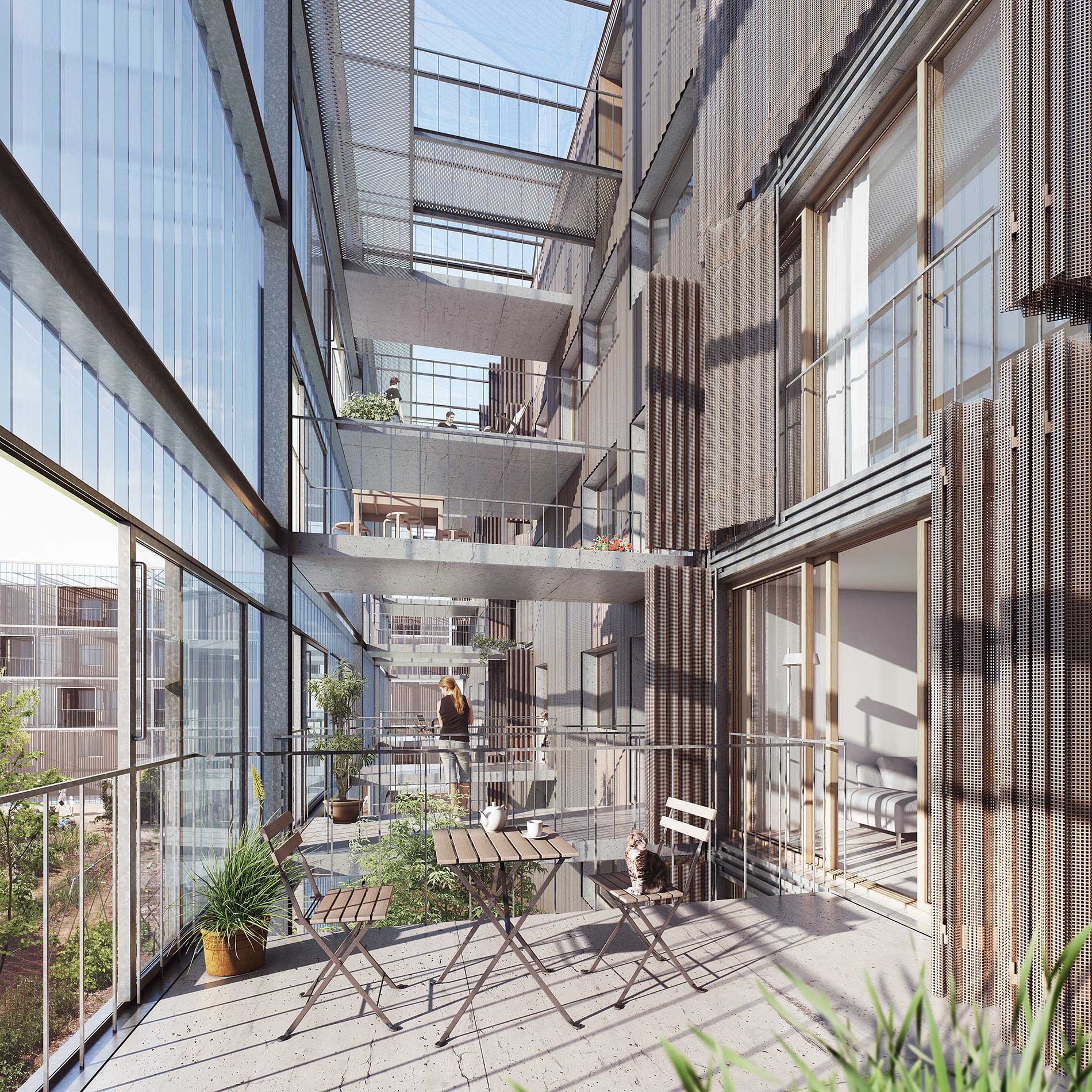
©Panoptikon
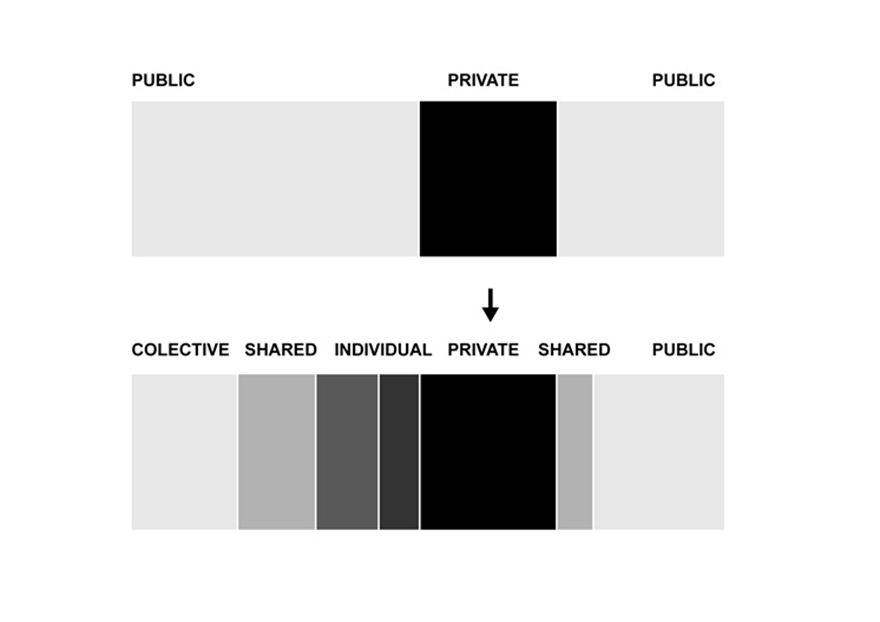
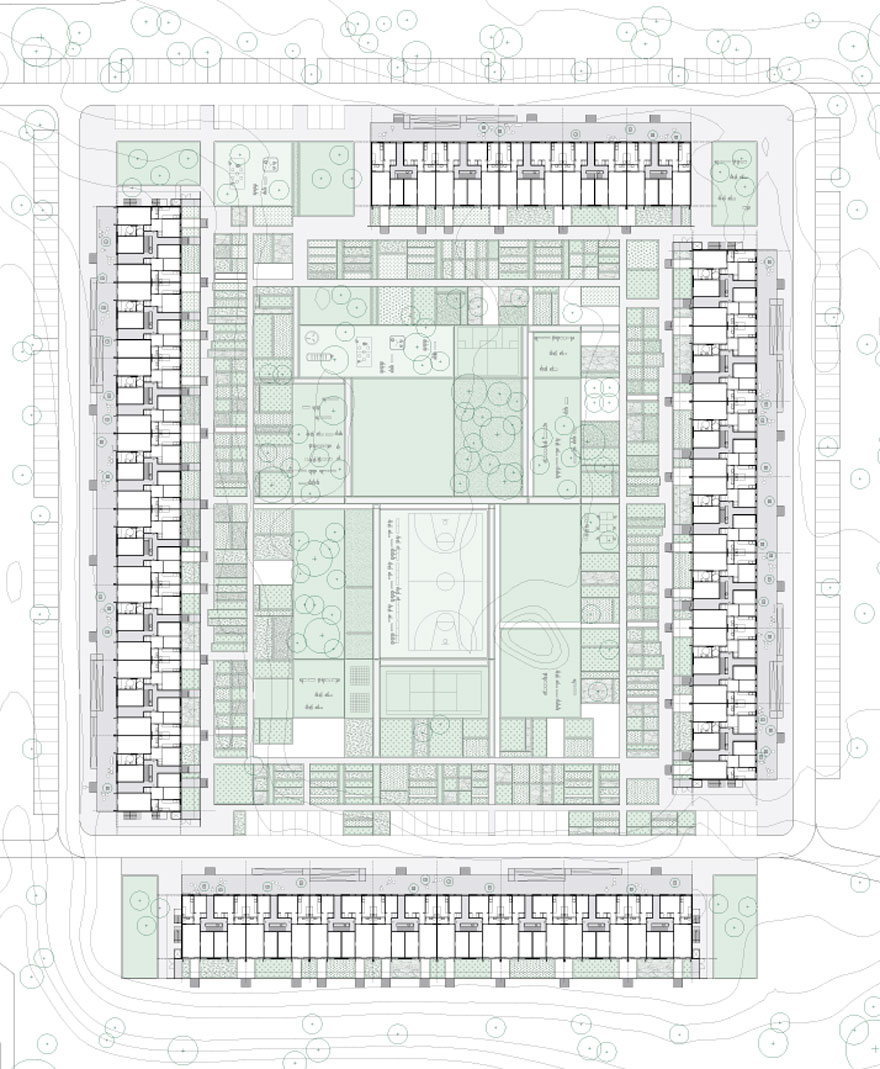
This strip of semi-exterior space integrates a gradation of shared and collective spaces that relate the private domain with the public, melding domestic life with nature.
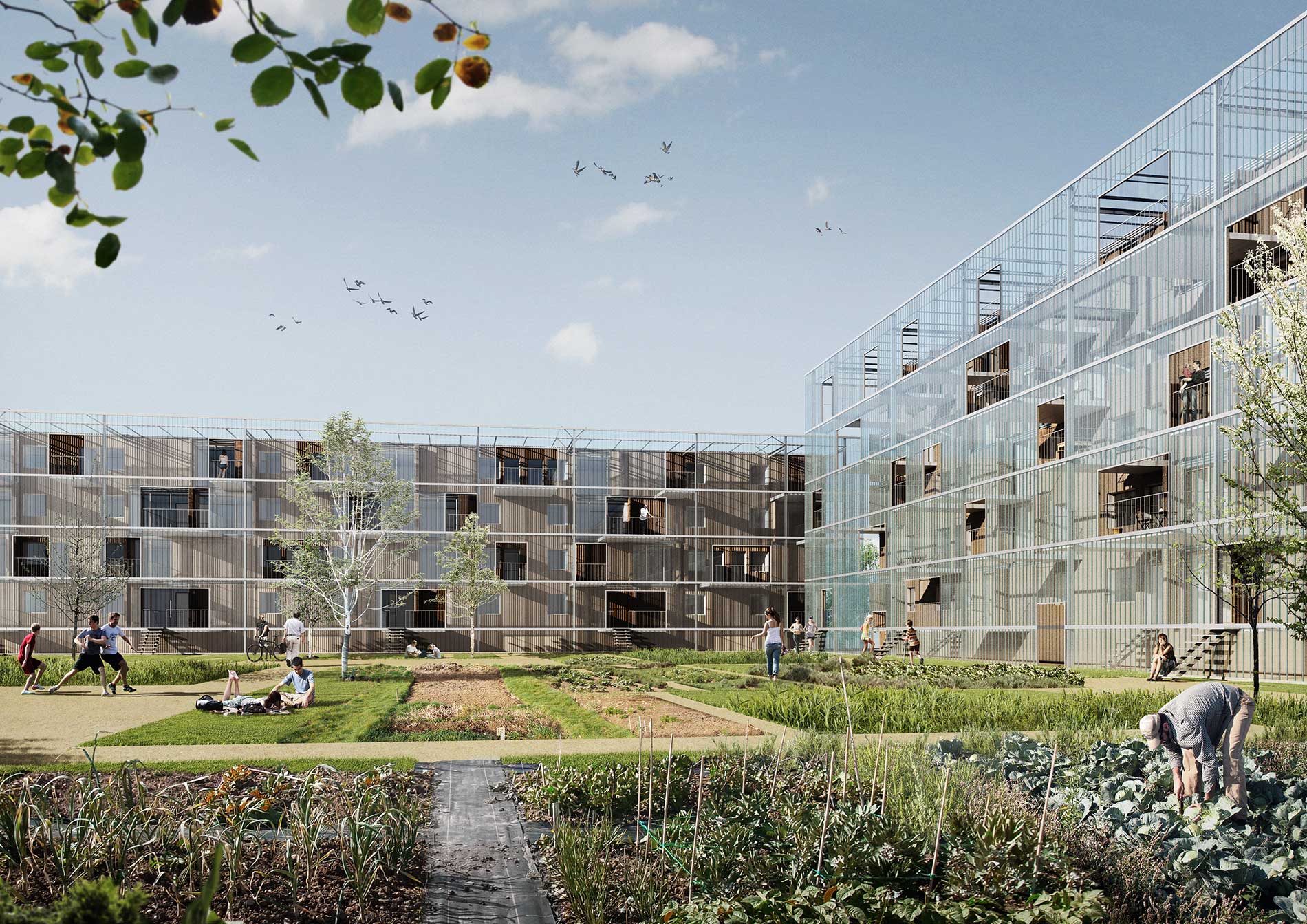
©Panoptikon
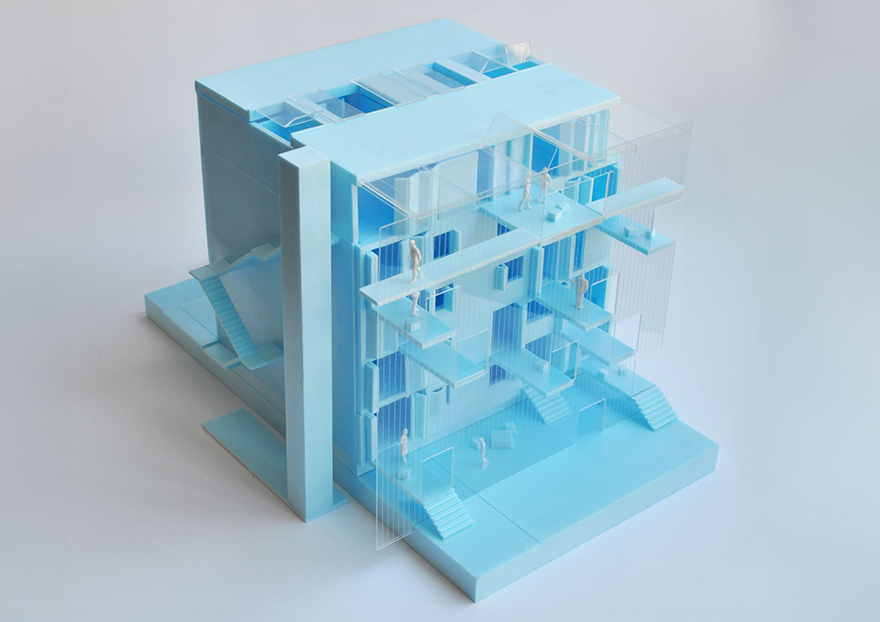
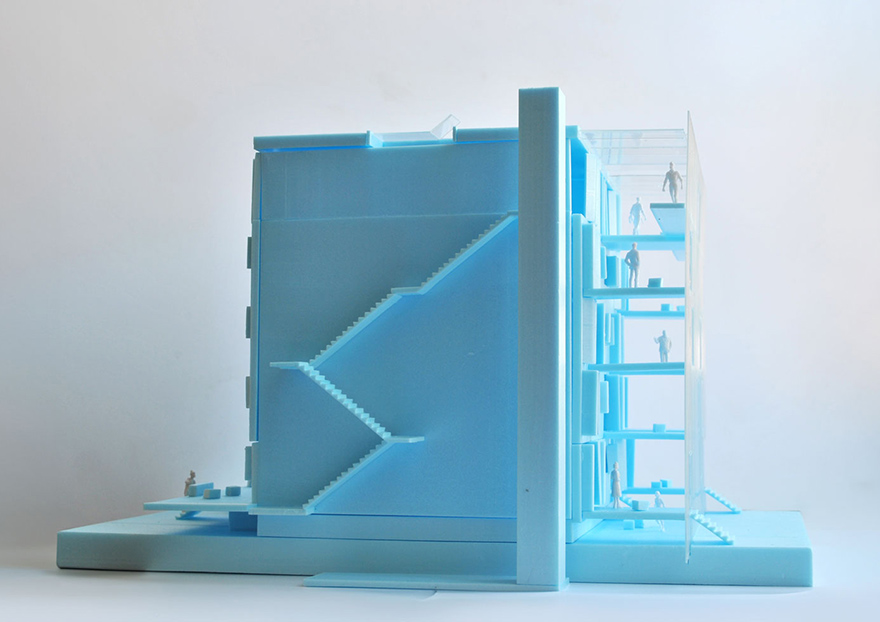
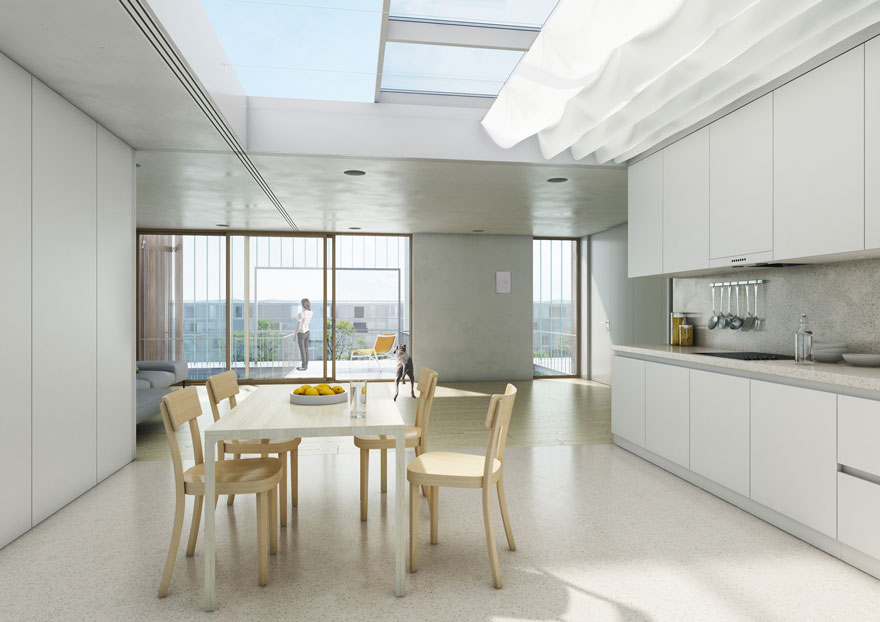
©Panoptikon
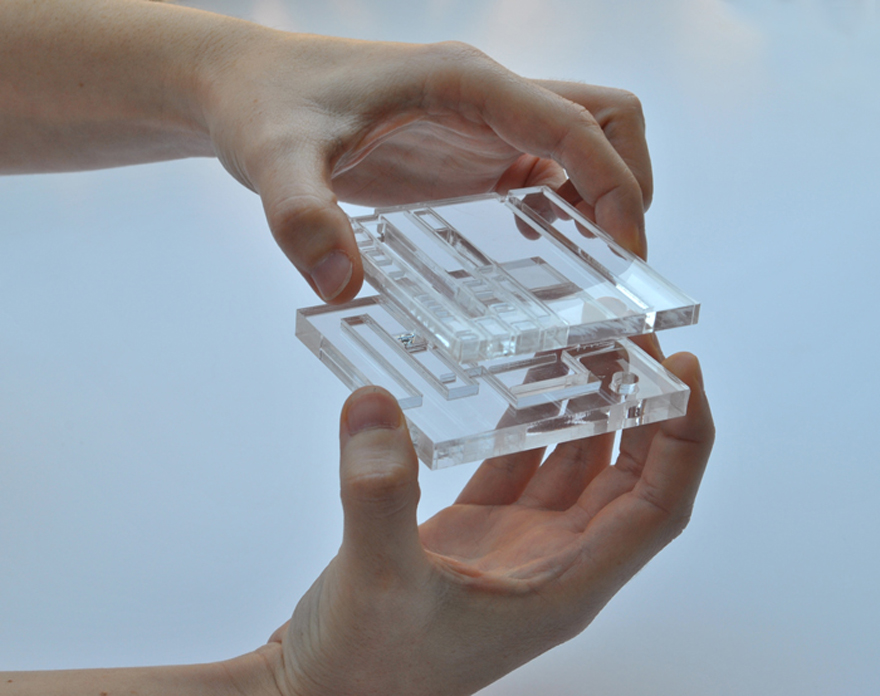
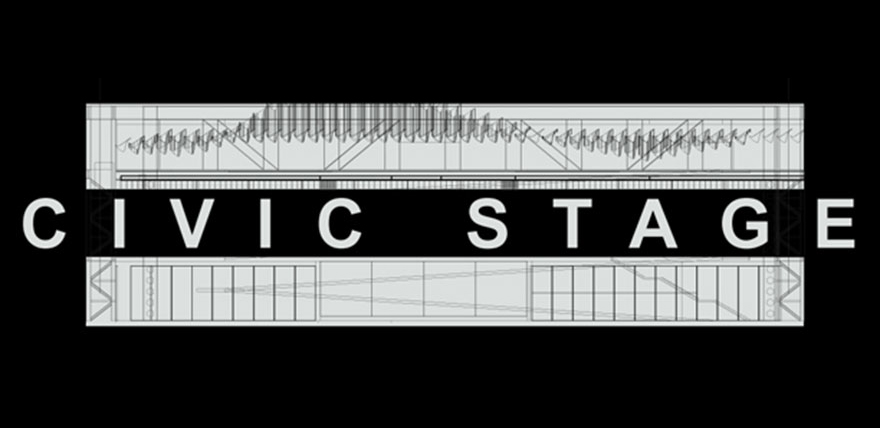
The new Guggenheim is assembled in a square of 75x75 metres with a voided floor in the middle. This void is a civic stage, an unobstructed platform that can mutate in order to accommodate a range of events from exhibitions to concerts or performances.
Underneath this stage and floating above it - just like the back of house of a theatre - there are technical areas, curatorial offices and exhibition galleries, that through operable walls and movable platforms, can invade the civic stage and be part of the exhibition performance.
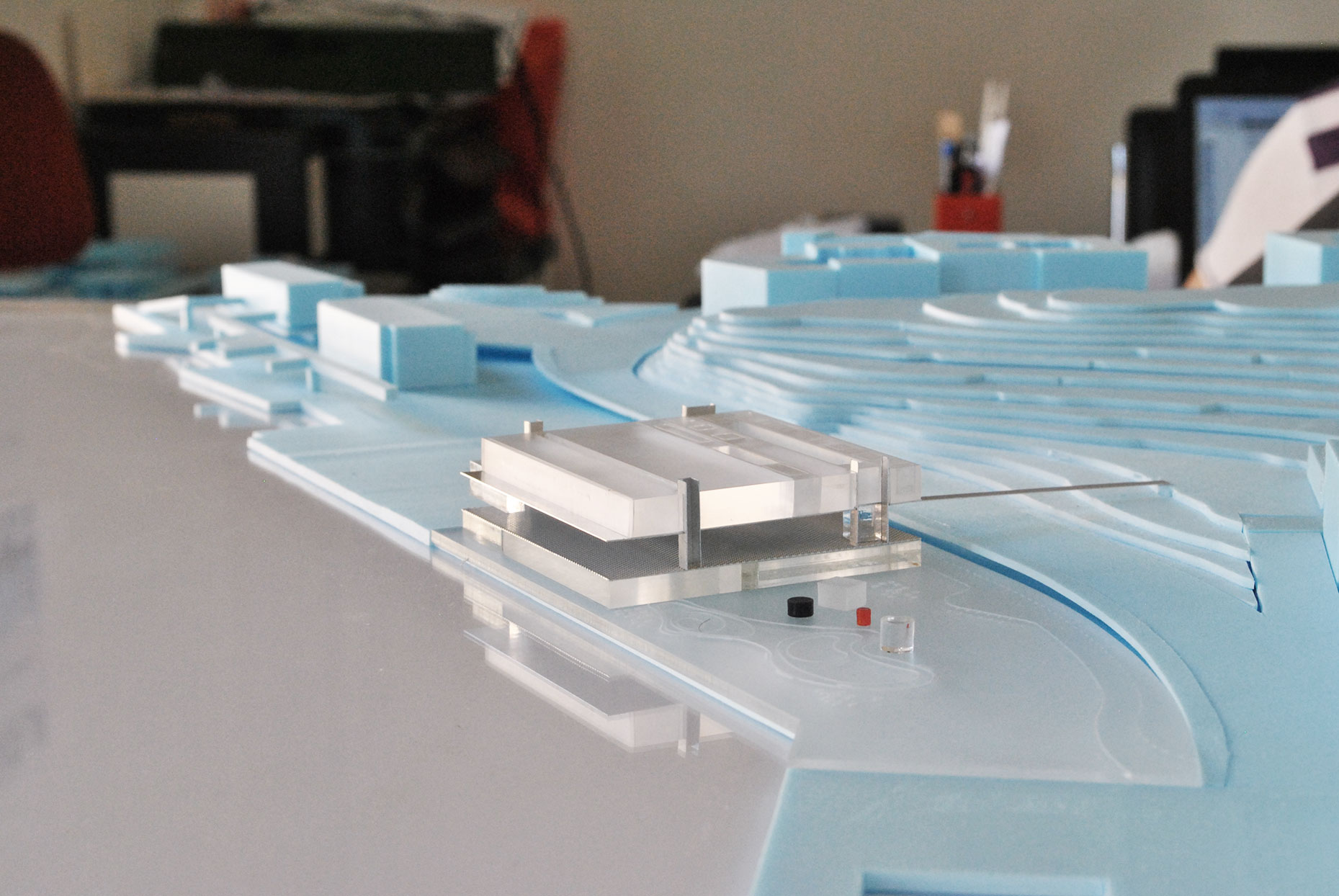
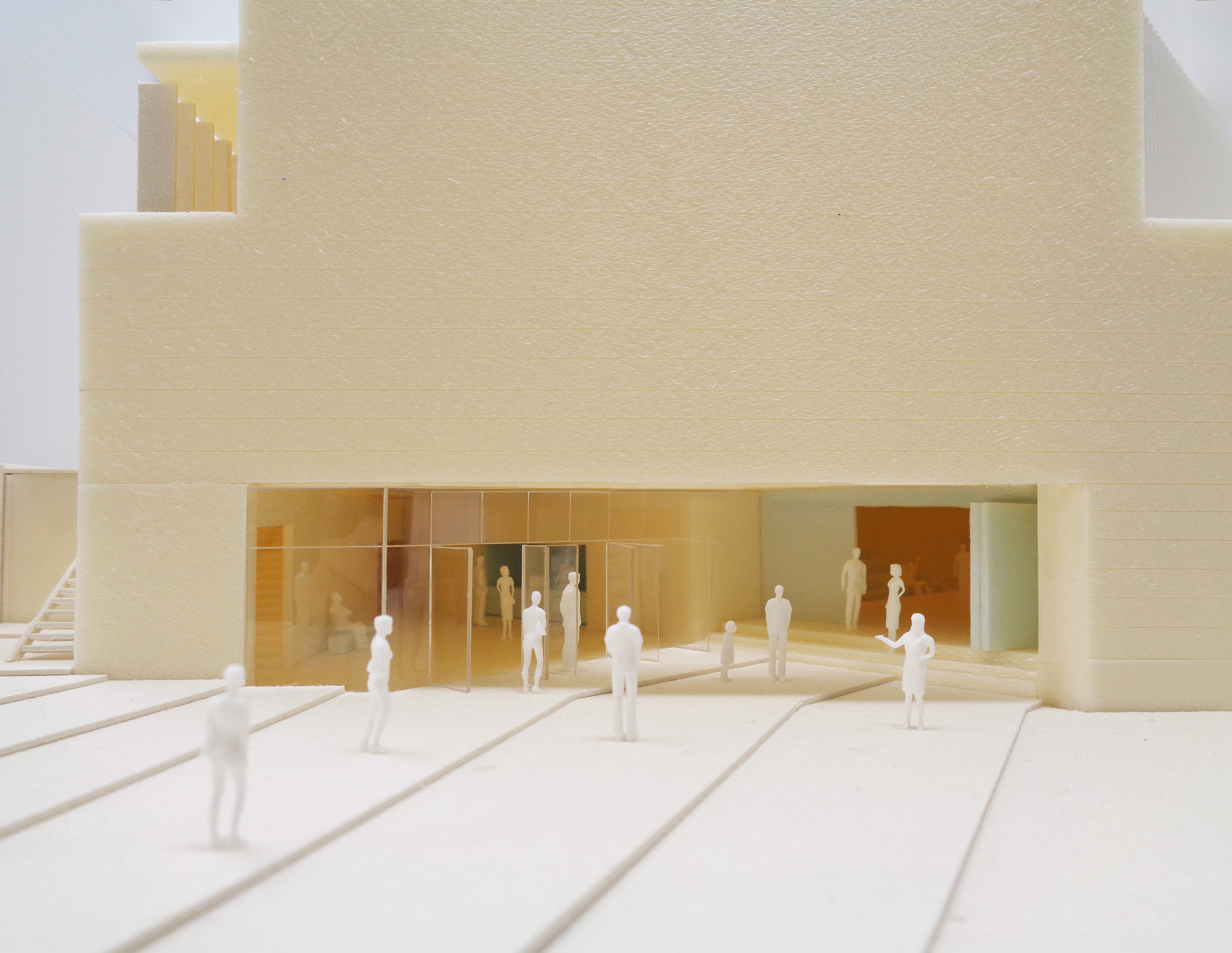
The implementation of the new municipal auditorium in Arcozelo is an opportunity to dynamize and regenerate the existing network of public spaces, renewing them for collective living.
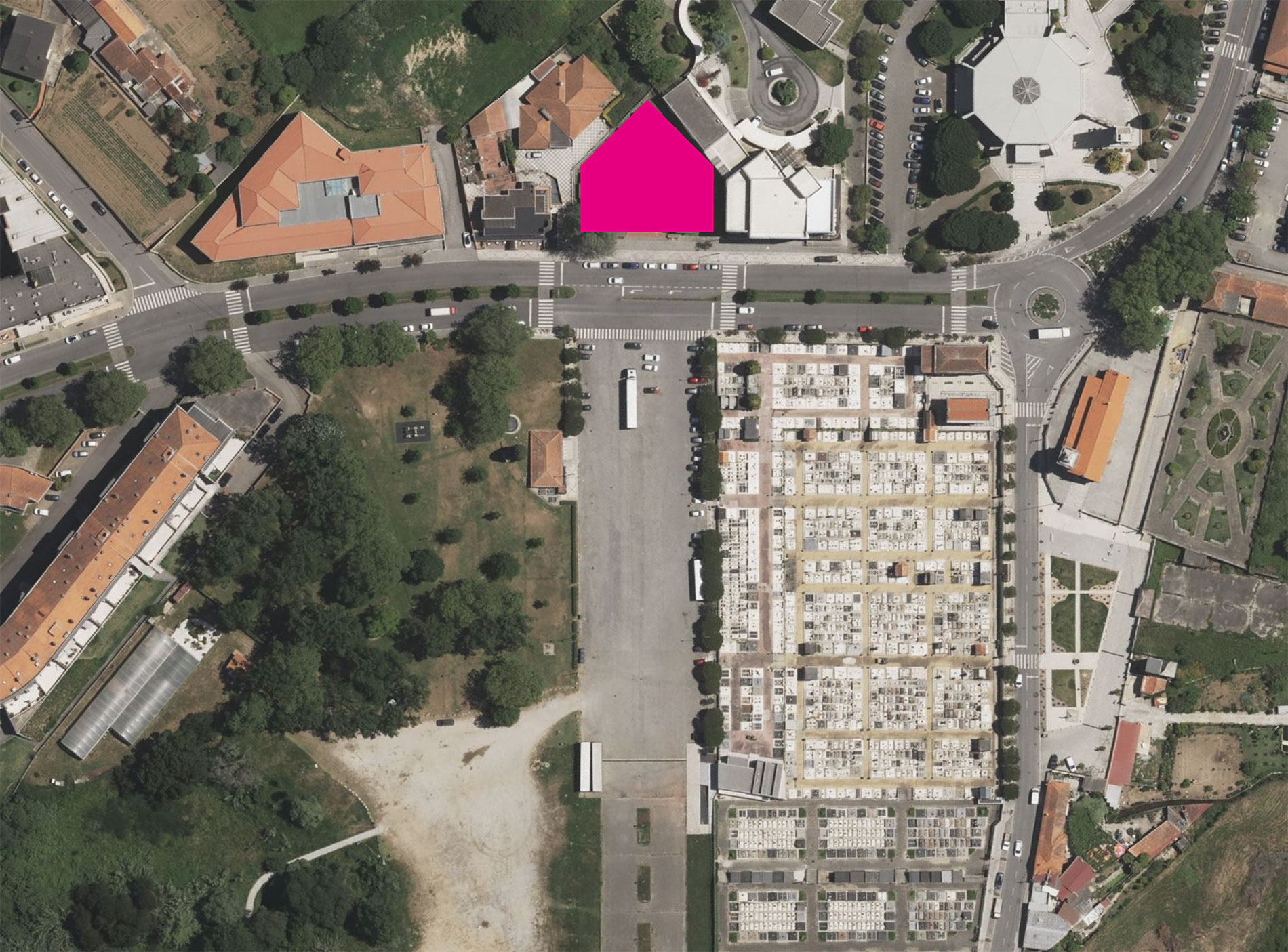


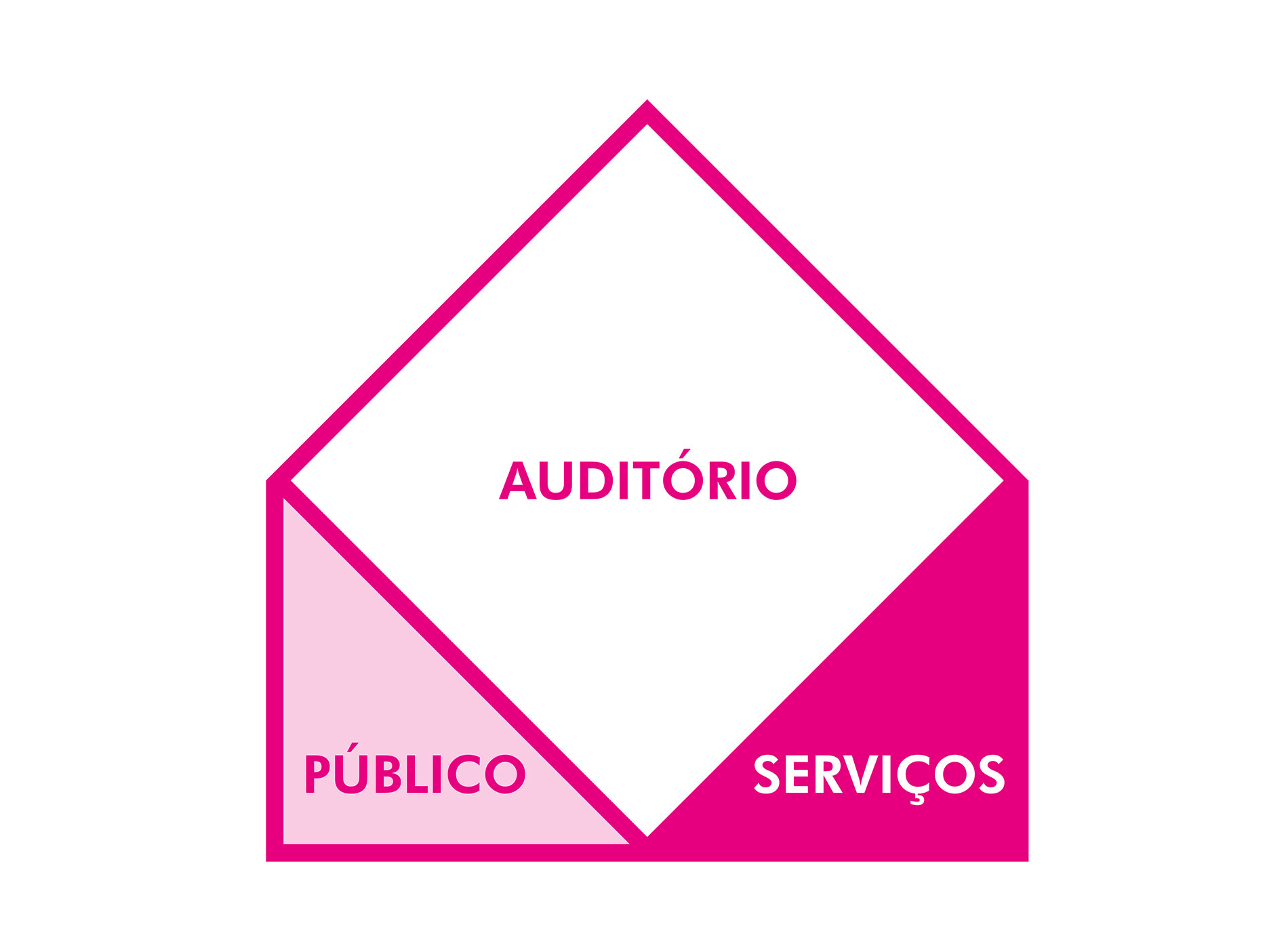
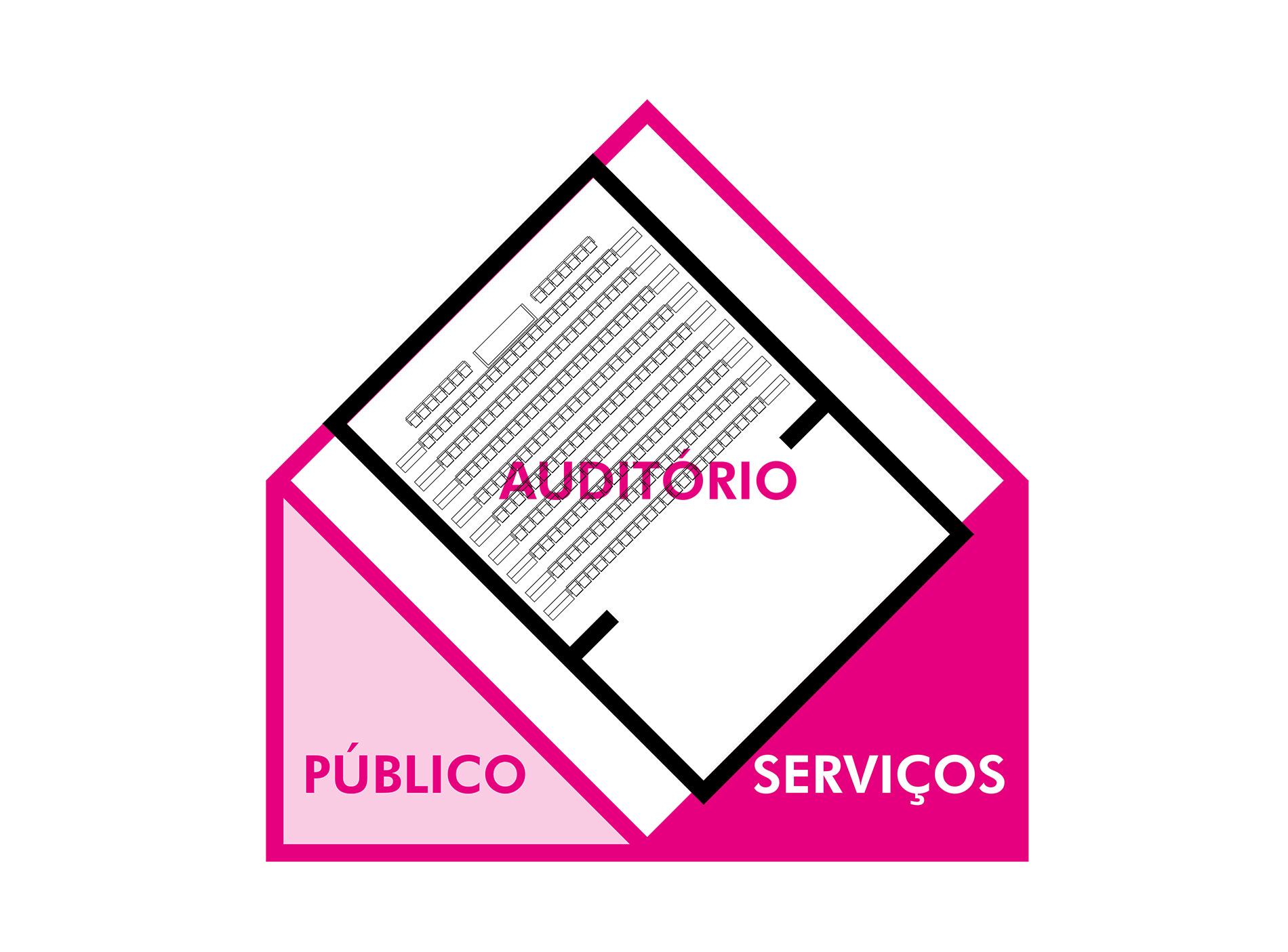
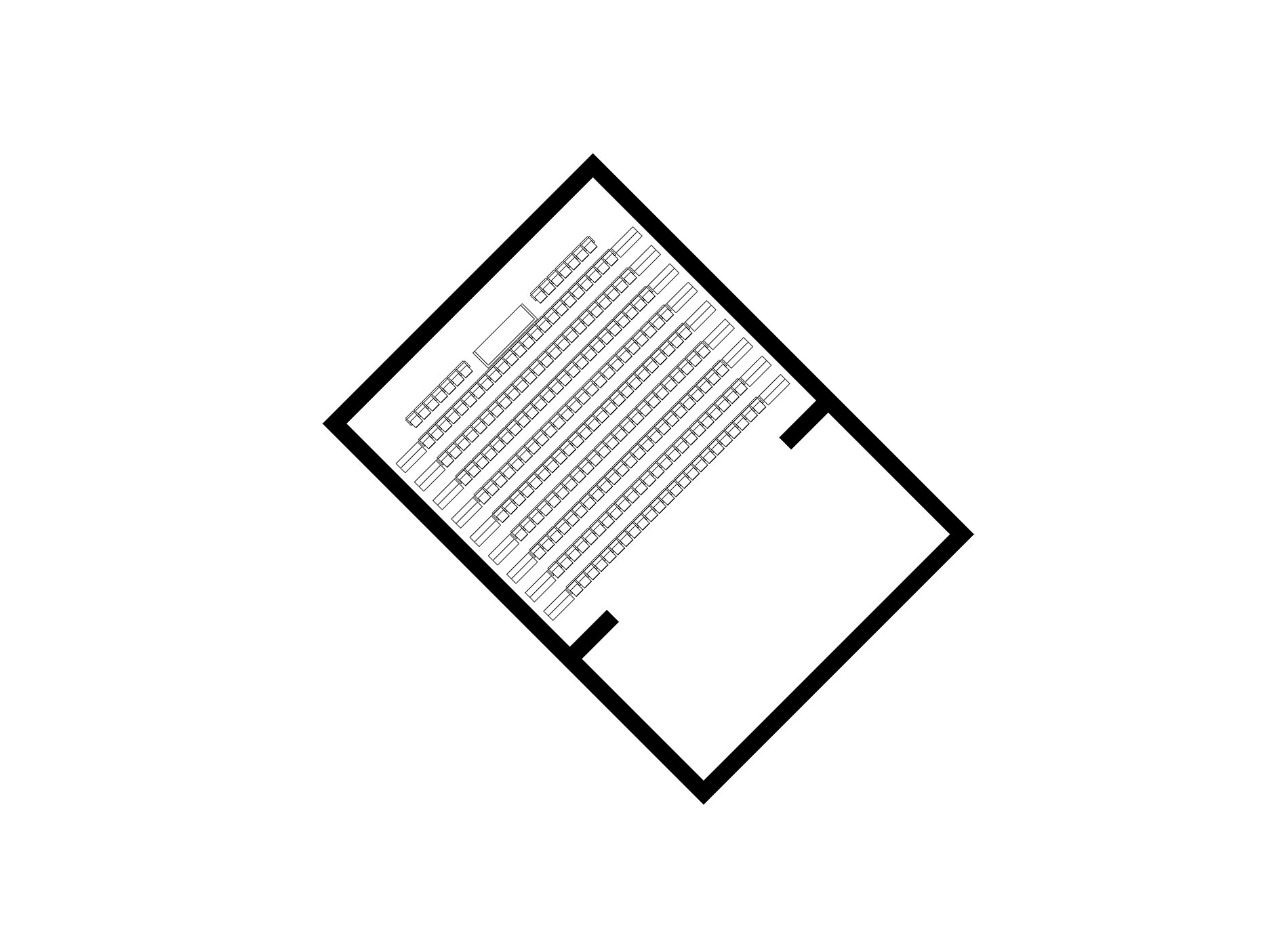
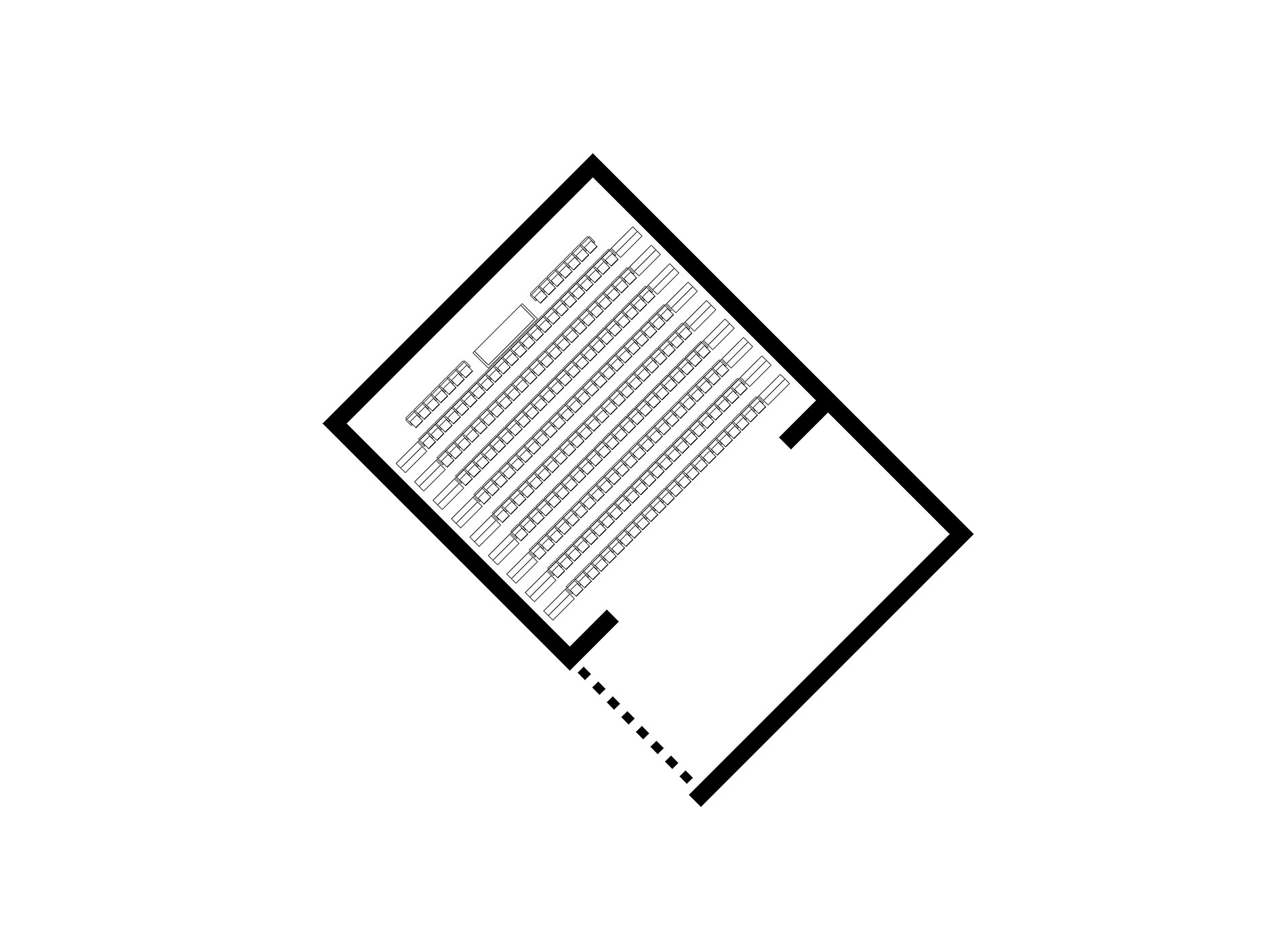
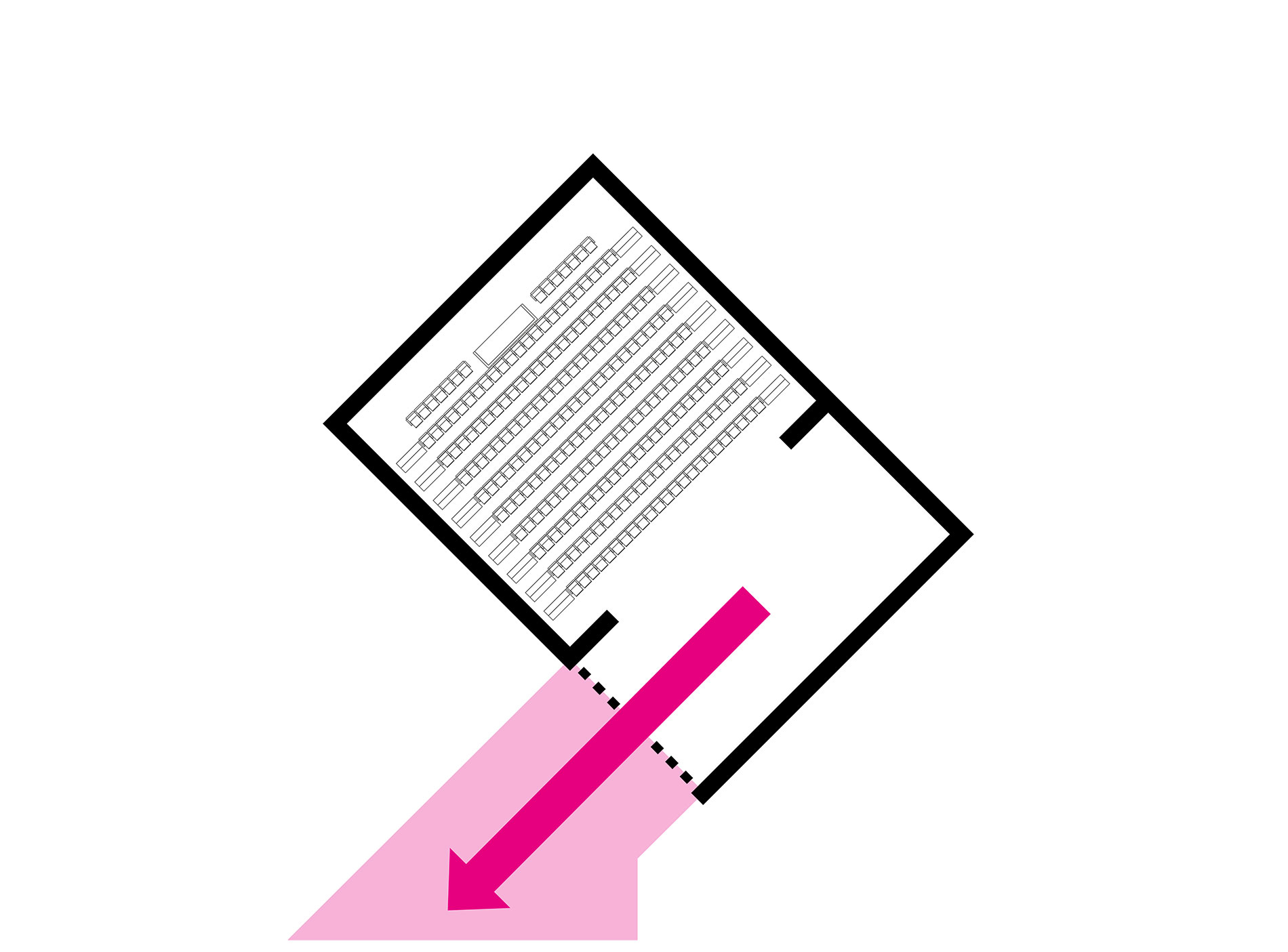
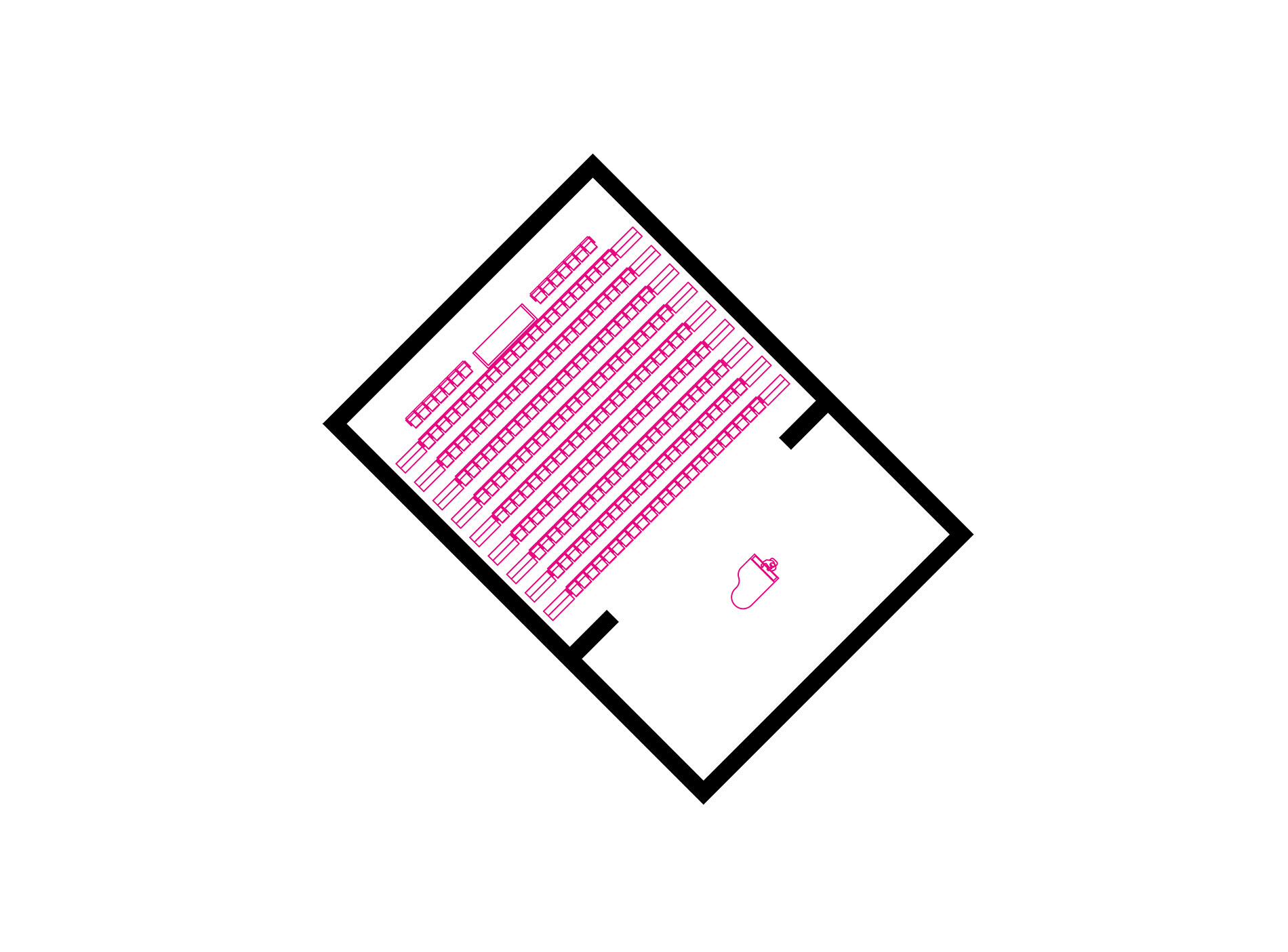
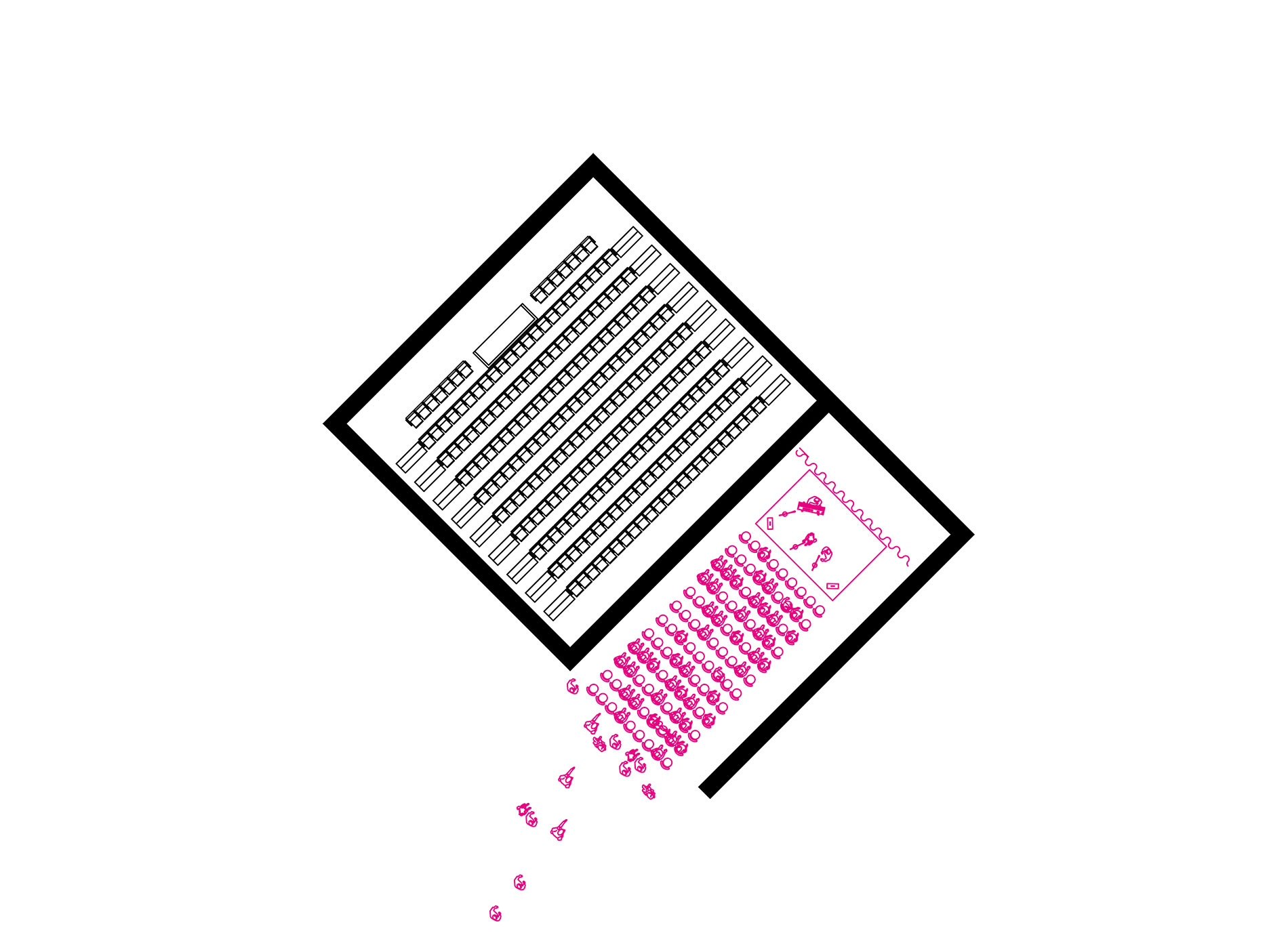
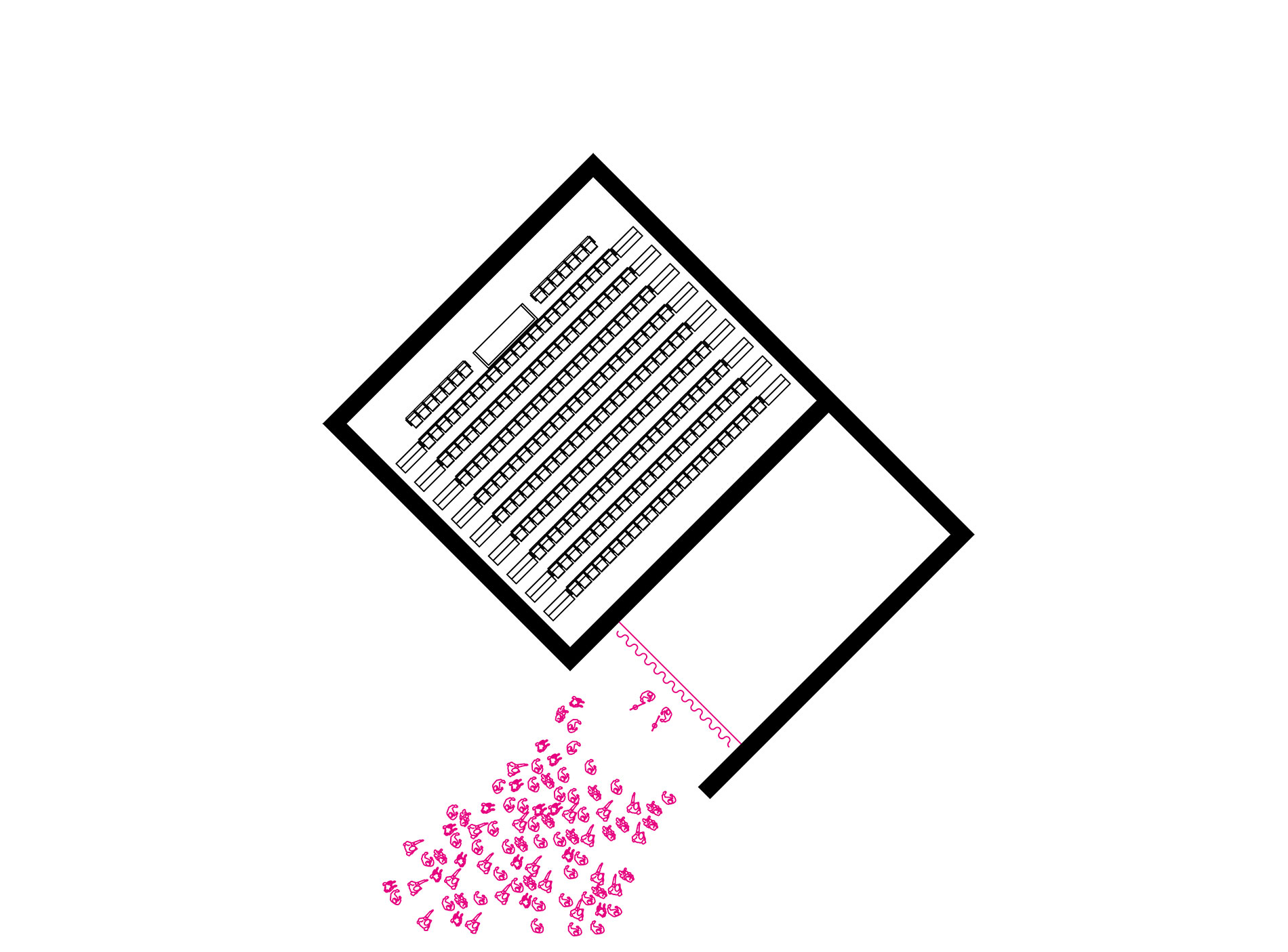
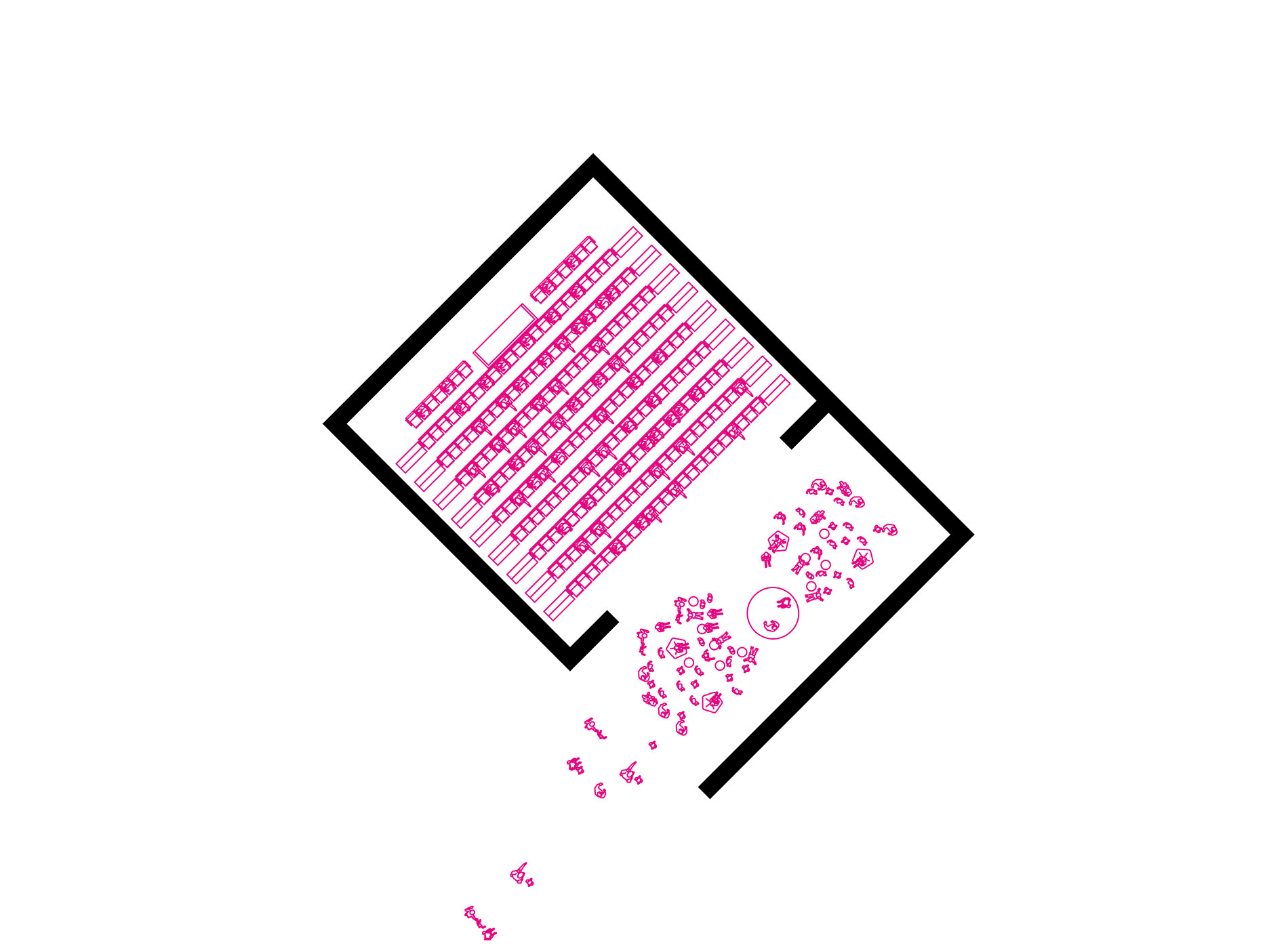
The proposal is that the new auditorium be a continuity of the existing public space. The west side of the stage is separated from the outside of the building by a large gate that can completely open to reveal the stage to the public space.
The public enters directly from the street to the stage, occupying the performance space in unexpected ways.
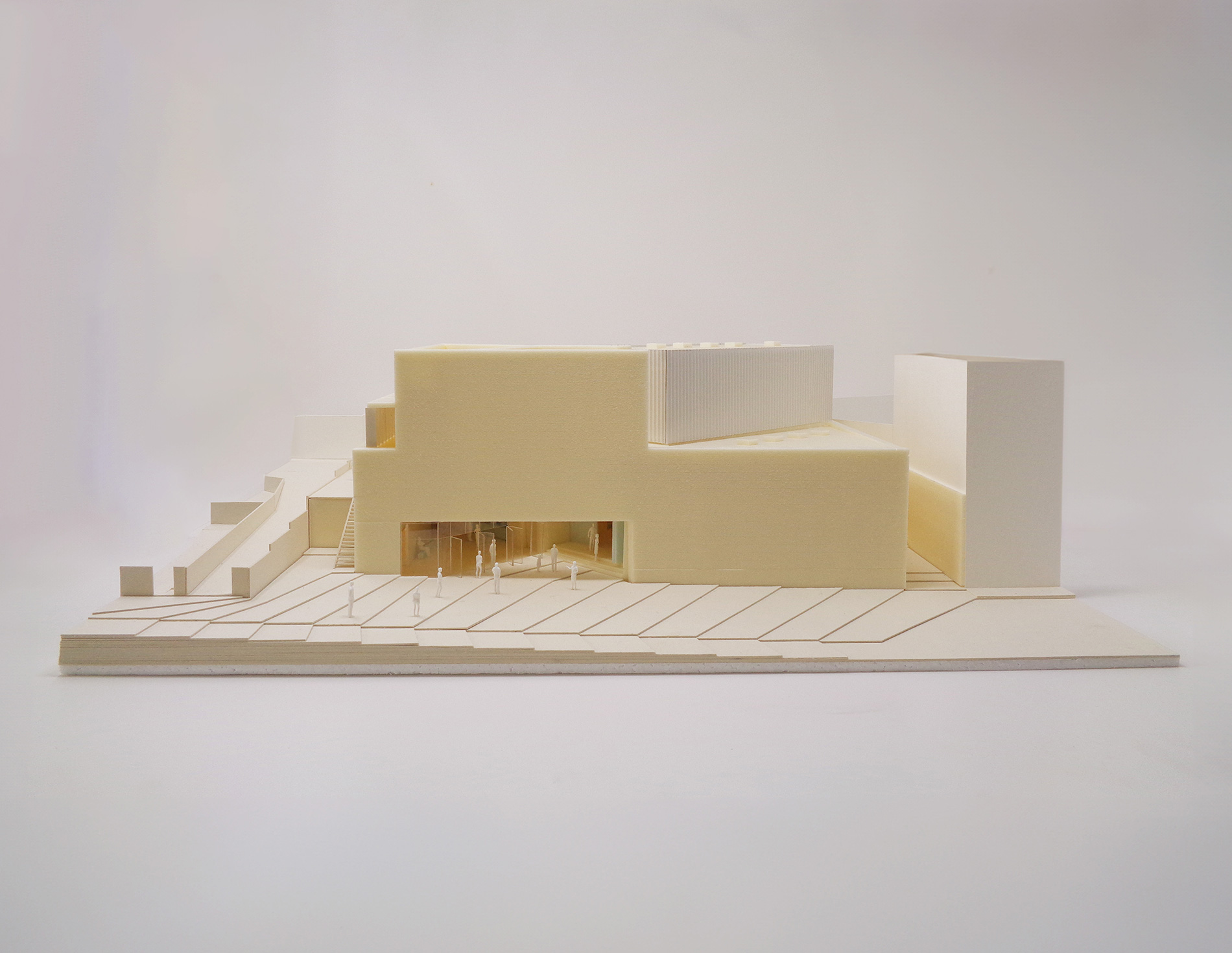
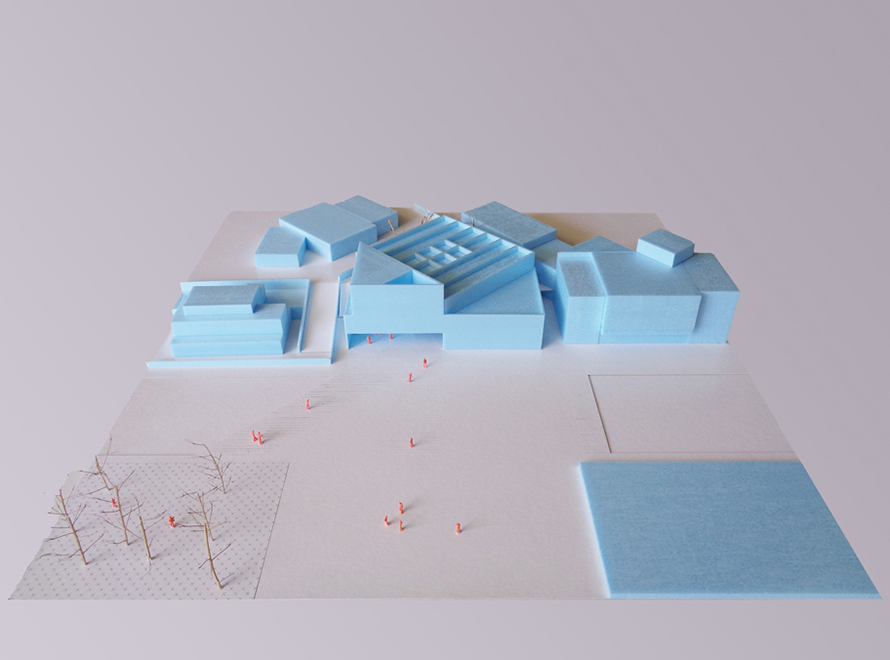
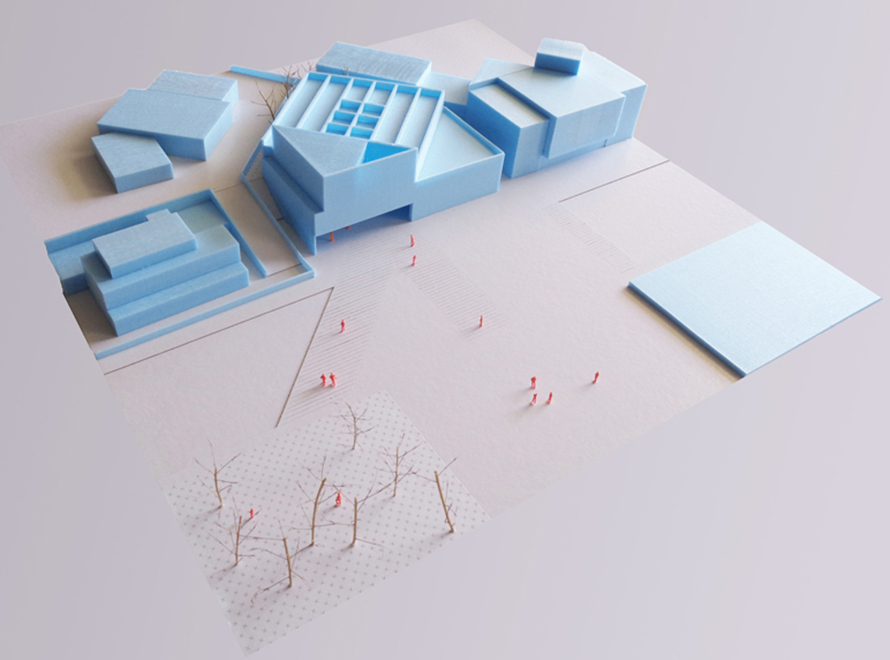
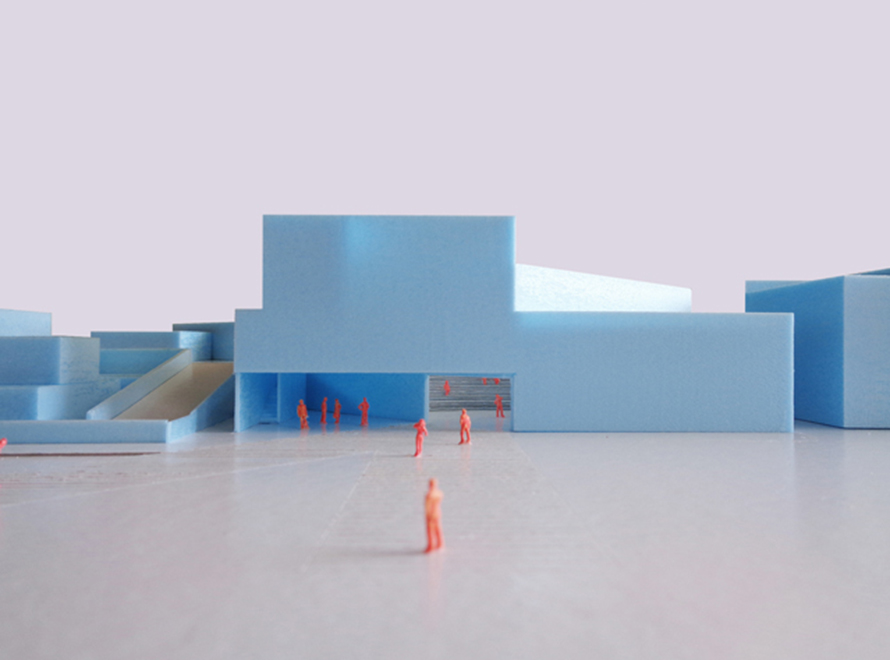
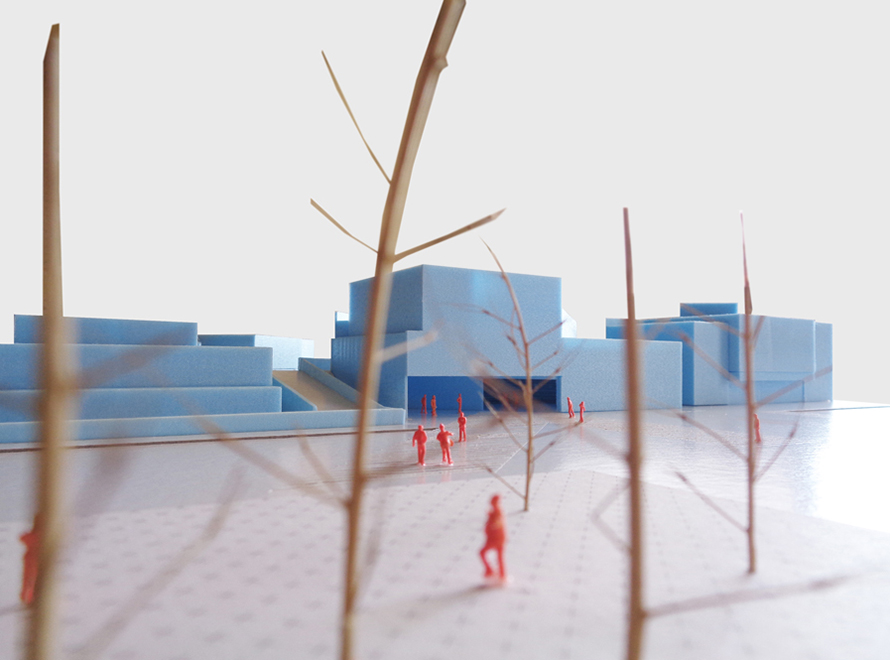
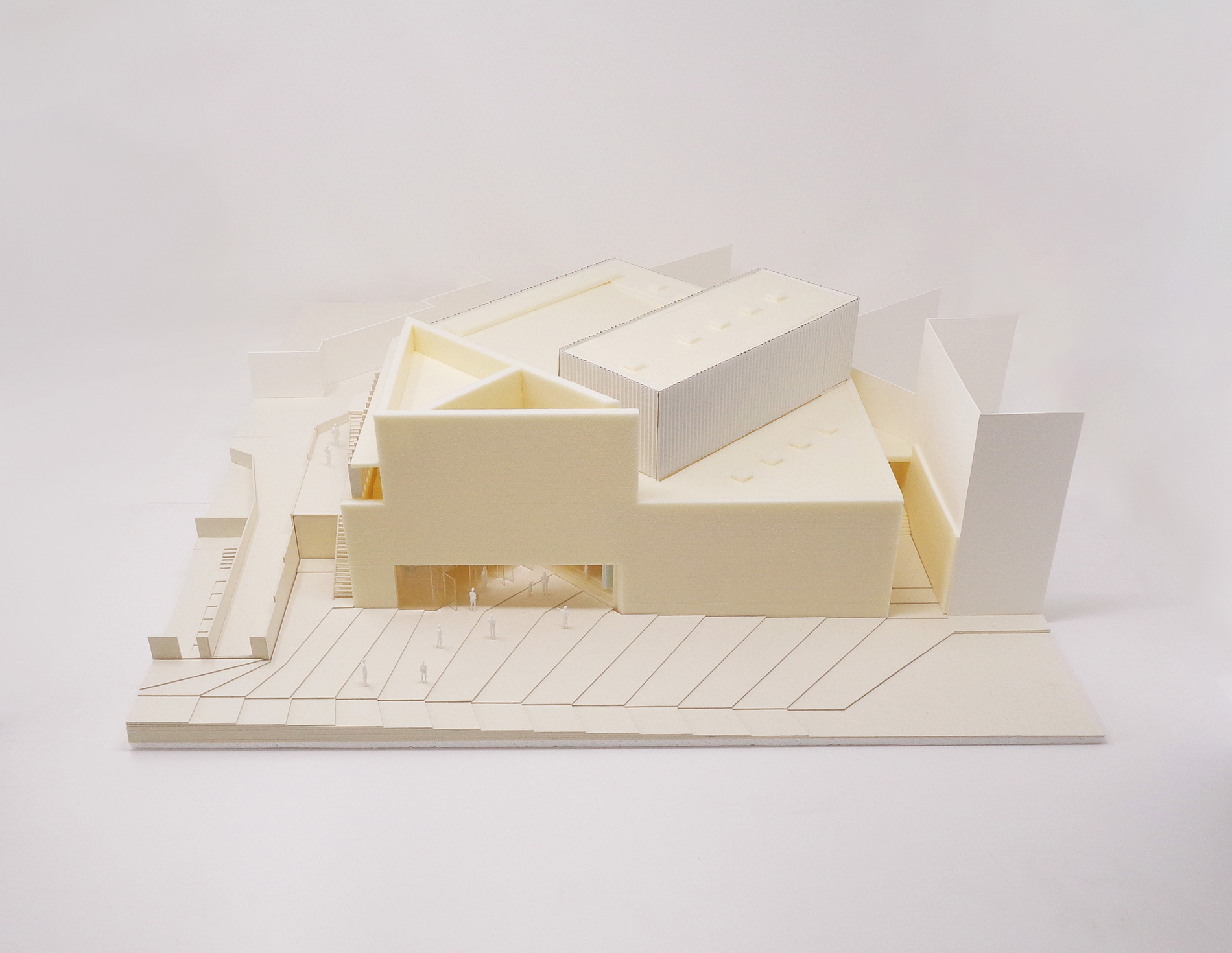
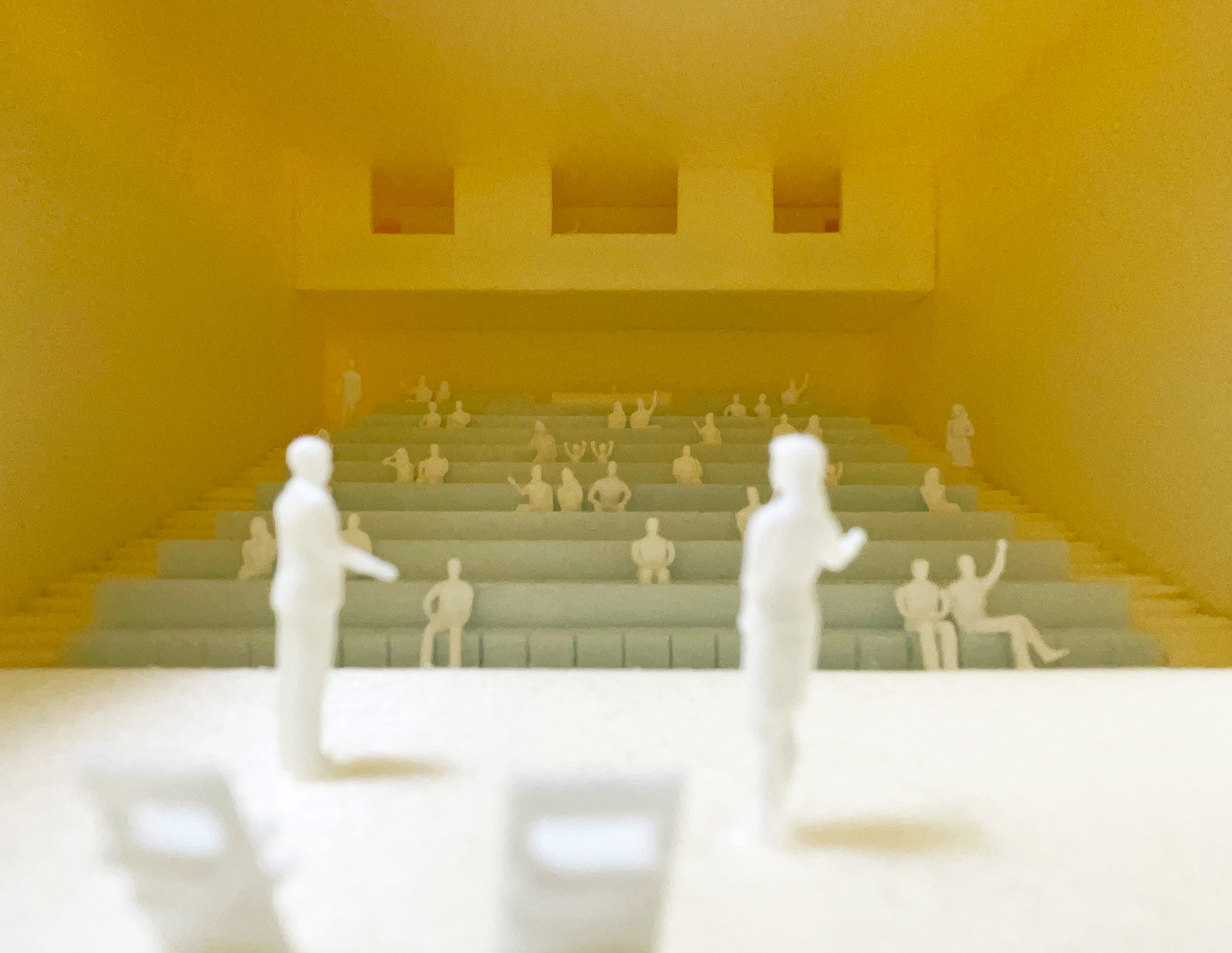
escritorio@for-a.eu